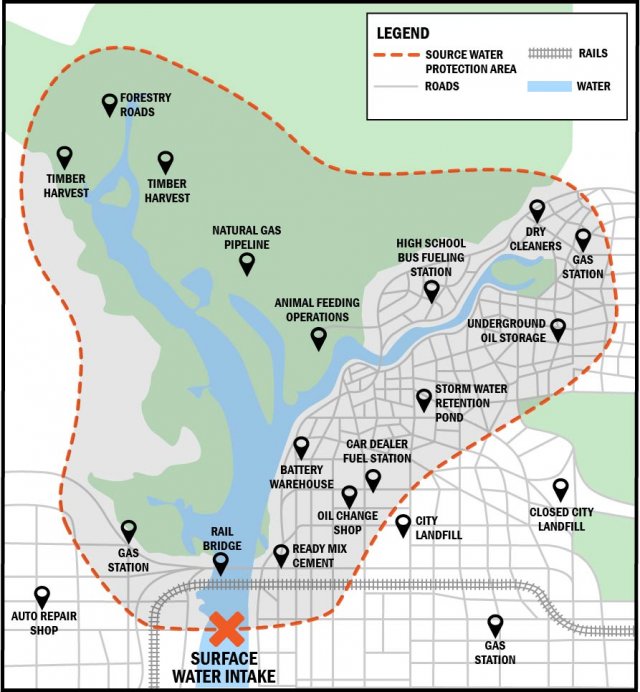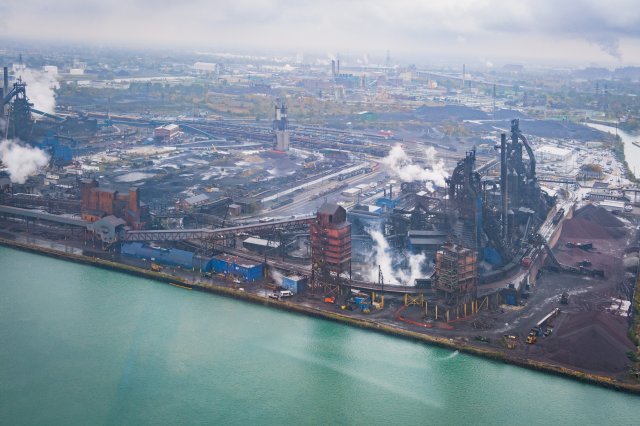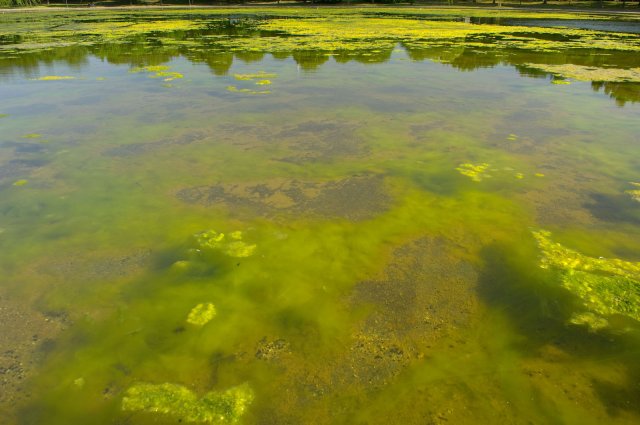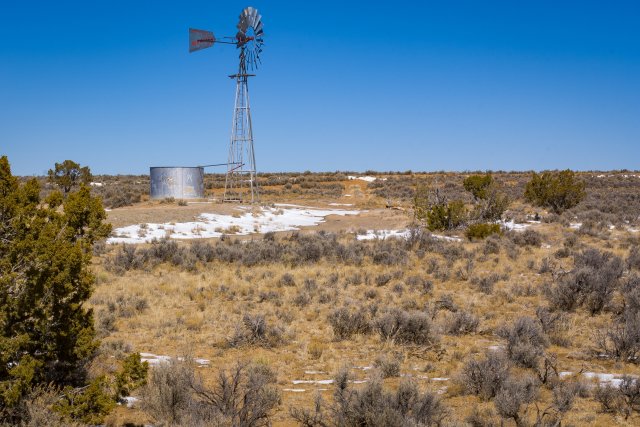Inventory Potential Contaminant Sources
This page provides information about creating a contaminant source inventory listing all known and potential contaminant sources or activities of concern within a source water protection area (SWPA) that may pose a threat to drinking water supplies. Learn more about other components of source water protection programs.
On this page:
- What Is an Inventory of Contaminant Sources?
- Locating Contaminants
- Contaminants to Consider
- Water Quality & Quantity Data
What Is an Inventory of Contaminant Sources?
An inventory of contaminant sources consists of a list and characterization of current and potential sources of contamination and associated contaminants of concern identified within the SWPA. Any facility or activity that stores, uses, or produces contaminants of concern which could find their way into a source of drinking water is a potential source of contamination.
Examples of potential contaminant sources include:

- Waste landfills and lagoons;
- Contaminated sites (such as Brownfields sites or Superfund sites);
- Chemical storage facilities (such as oil and gas storage facilities or underground storage tanks);
- Industrial and municipal wastewater outfalls (such as those addressed by the National Pollutant Discharge Elimination System (NPDES) permit program);
- Mining operations;
- Agriculture and other types of nonpoint sources of pollution;
- Residential or commercial septic systems;
- Stormwater runoff from streets and lawns (and other nonpoint sources in urban areas);
- Industrial facilities that use or store chemicals (such as tanneries, automotive body shops, dry cleaners, and others reported to the Toxic Release Inventory (TRI) program);
- Underground injection wells;
- Roads and hazardous materials transportation routes.
Access information and datasets indicating locations of potential sources of contamination.
Locating Potential Sources of Contamination
Locations of potential sources of contamination can be determined using a variety of methods, including:

- Database searches of regulated facilities (such as Clean Water Act NPDES discharge permits or Resource Conservation and Recovery Act (RCRA) reporting);
- Aerial photographs and land use maps;
- Sanitary surveys;
- Zoning maps and build-out analyses from municipal general plans;
- On-site field surveys;
- Interviews with facility managers and municipal officials; and
- Public meetings with local stakeholders and residents.
Local governments or organizations including community groups, watershed organizations, and conservation districts, may also provide valuable information about local sources of potential contamination not registered in state or federal databases. They may be willing to help conduct more detailed, site-specific investigations to augment desktop research.
Access information and datasets indicating locations of potential sources of contamination.
Contaminants to Consider
Contaminants to consider in a source water assessment include any physical, biological, chemical or radiological substance that may pose a threat to public health. Drinking water systems may prioritize identification of facilities or activities that store, produce, or use these contaminants and that have the potential to degrade source water quality.
Contaminants to consider include, but are not limited to, National Primary Drinking Water regulations, unregulated contaminants, and unregulated contaminants of "emerging" concern.
National Primary Drinking Water Regulations are legally enforceable primary standards and treatment techniques for contaminants regulated under the Safe Drinking Water Act (SDWA) with a Maximum Contaminant Level (MCL).
Unregulated contaminants are not regulated by SDWA but are known or anticipated to occur in public water systems (such as those found on the Contaminant Candidate List (CCL)).
Unregulated contaminants of "emerging" concern may include the following:

- Per and polyfluoroalkyl substances (PFAS)
- Harmful algal blooms (HABs) and cyanotoxins
- Perchlorate
- Endocrine disrupters
- Salt
Learn more about common considerations for drinking water providers.
Water Quality and Quantity Data

Water Quality Data: Source water quality data taken from a variety of locations throughout the source watershed or delineated wellhead protection area can help utilities identify problem areas that may require additional scrutiny. Once baseline water quality conditions are understood, maintaining a source water monitoring program enables a drinking water utility to more effectively identify significant changes in water quality (e.g., from a spill or contaminant incident), monitor long-term threats to source water quality, and take actions to protect source water.
Water Quantity Data: An assessment of source capacity to meet current and future water demand is important for ensuring the availability of adequate and safe drinking water. Water systems and resource managers use information on existing and potential sources of water supply, existing uses, anticipated future water demand, and threats to water supply (such as drought or contamination) to coordinate water resource management and protection at local, regional, and state.
Access additional resources for water quality and quantity monitoring data.
